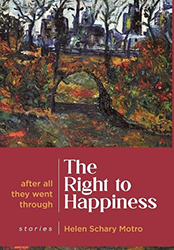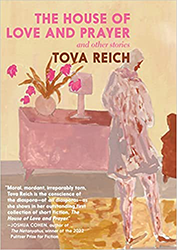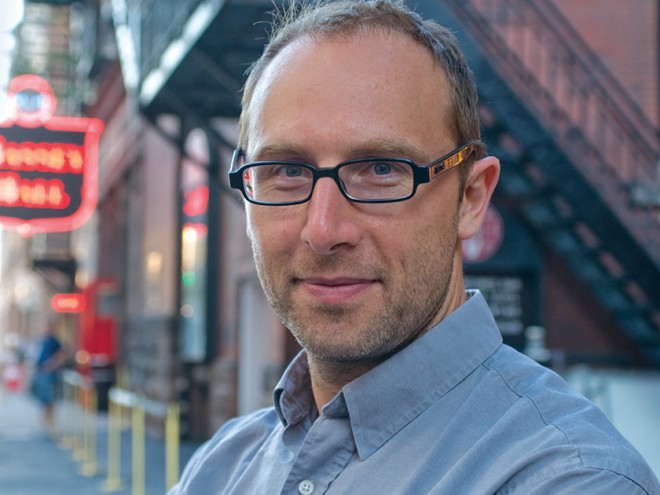Kathy Friedman’s All the Shining People is a raw, moving collection of stories sure to keep readers engaged. The twelve stories revolve loosely around Toronto’s Thornhill neighborhood, home to many Jewish South African emigrants. Although these families left South Africa behind — many during the waning days of Apartheid — their pasts are irrevocably connected to the present. The stories in All the Shining People showcase the complex ways in which trauma crosses borders and generations, intertwining itself into daily life. The settings of the stories vary widely: from downtown Toronto’s grunge party scene, where a young misfit looks for a sense of belonging; a hippie encampment in Tulum, Mexico, where a trans man realizes he deserves unconditional love; to the roof of a funeral home, where a dead man’s soul remains on Earth to face his life’s shortcomings. Each of the personal battles waged by the characters is different, but together they hint at the universal nature of the human experience, which is presented as both painful and joyful.
All the Shining People’s format might remind readers of canonical short story collections, such as James Joyce’s Dubliners or Sherwood Anderson’s Winesburg, Ohio; each story plunges the reader into the consciousness of a different character, but taken together the collection shows the nuanced ways in which these characters are connected. Unlike its literary predecessors, however, All the Shining People features a diverse set of characters, including characters who are queer and struggling with their mental health, whose complexity makes them come alive on the page.
One of the most interesting aspects of All the Shining People is the ambiguity that permeates each tale. Tidy happy endings are rare within the collection. Ironically, this is part of what makes Friedman’s writing so cathartic; when the characters stop striving for perfection they often find room for contentment. For instance, the story “Loose End” is told from the perspective of Stephanie, an unhappy young woman who is attending a protest as her brother’s chaperone. Looking up at Quebec’s tall buildings she thinks: “Up there, all you’d have seen was camaraderie — joyful, history-making. You wouldn’t feel how much it hurt, being ignored, locked out, shunted to the wrong side of the fence.” Accepting her fate as one of the crowd, Stephanie embraces her role as a protester, moving ahead into what readers can hope is a more peaceful future. That acceptance is what makes All the Shining People such a moving collection, especially in our historical moment when there is so much pain in the world. Like Stephanie, we can neither ignore it nor fix it all, but must forge a path through the messy, complex world in which we live.





